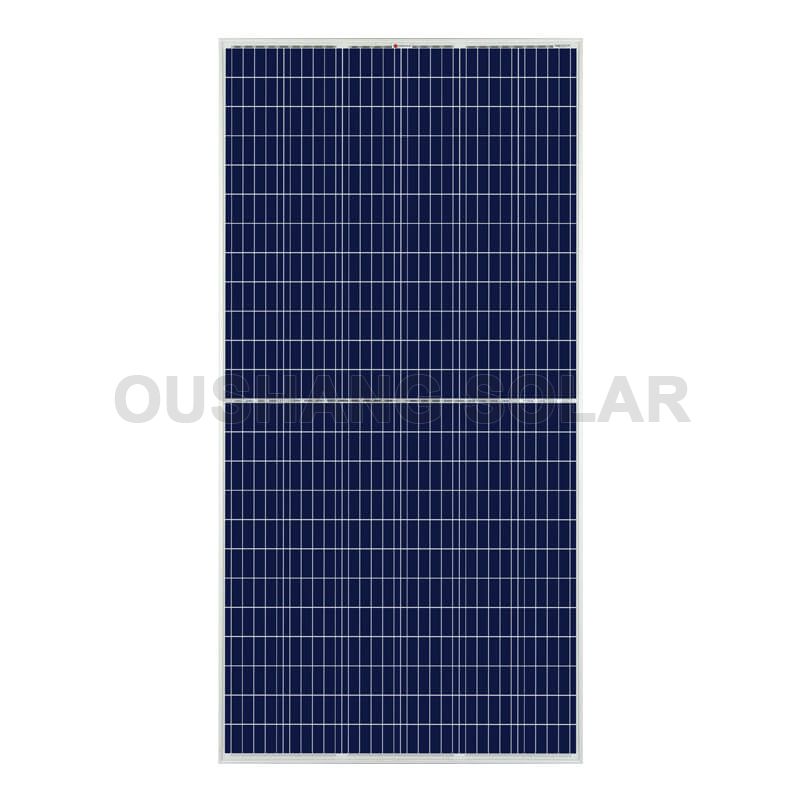Solar Panels: The Basics You Want to Know
Now the whole world is facing energy problems. The gradual depletion of traditional energy sources and the environmental pollution of traditional energy sources make the development of new energy sources an urgent matter. Solar panels came into being.More and more attention is paid to environmentally-friendly new energy. Solar energy is an inexhaustible new energy source, and it is also an environmentally-friendly energy source with almost zero pollution.
Introduction to solar panels
Solar panel is a device that directly or indirectly converts the sun's radiant energy into electrical energy through photoelectric effect or photochemical effect by absorbing sunlight. It is mainly an electromagnetic type that uses the energy of sunlight to generate electricity. Usually the main material of solar panels is silicon, but due to the high cost of production, it has not been widely used until now. However, compared to other battery products, solar panels are more energy-efficient and environmentally friendly, and I believe they will be popularized in the future.
Principles of solar panels
Solar panels are an effective device that responds to light and can convert light energy into electricity. There are many kinds of materials that can produce photovoltaic effect, such as monocrystalline silicon, polycrystalline silicon, amorphous silicon, gallium arsenide, selenium steel, copper, etc. The power generation principles of various materials are basically the same. Here we take crystalline silicon as an example. Principle process of solar panels. P-type crystalline silicon can be doped with phosphorus to obtain N-type silicon, forming a P-N junction.
Further reading:Energy
Harness the Power of Solar Panels: A Comprehensive Guide to Green Energy
Harnessing the Power of Solar Panels for a Sustainable Future
LiFePO4 vs. Other Lithium Batteries: Why 100Ah Cells Stand Out
Customized EV Charging Piles: Powering a Greener Future
Unlocking Solar Power Potential: The Advantages of 36 Cell Solar Panels
Are LFP Prismatic Cells the Future of Retail Energy?
When light hits the principle surface of the solar panel, a part of the photons are absorbed by the silicon material; the energy of the photons is transferred to the silicon atoms, causing the electrons to transition into free electrons, which accumulate on both sides of the PN junction to form a potential difference. When the circuit is connected externally At this time, under the action of this voltage, a current will flow through the external circuit, thereby generating a certain output power. The essence of this process is a process of converting photon energy into electrical energy.
Solar panels are an important means for humans to use solar energy. There are usually two ways of generating electricity, one is the direct conversion of light to electricity, and the other is the conversion of light to heat to electricity. Let's take a look at the two power generation methods respectively.
Light-heat-electric conversion method:
It is a process of generating electricity by using the thermal energy generated by solar radiation. Generally, the solar collector converts the absorbed thermal energy into working fluid vapor, and then drives the steam turbine to generate electricity. The former process is a light-heat conversion process, and the latter process is a heat-electric conversion process. The heat-electric conversion process is the same as that of ordinary thermal power generation.
Light-electricity direct conversion method:
Use photoelectric effect to directly convert solar radiation energy into electric energy, and its basic device is solar panel. Solar panels are devices that directly convert sunlight energy into electrical energy by using the photovoltaic effect. They are semiconductor photodiodes. When the sun shines on the photodiodes, the photodiodes will convert sunlight energy into electrical energy, thereby generating electricity. When multiple solar panels are connected in series or in parallel, it can become a square array of solar cells with larger output power.
Although solar energy is a very environmentally friendly energy source, and solar cells are also a good way to save energy, as far as current technology is concerned, the production cost of solar cells is still relatively high, so they have not been popularized. However, the application of clean energy will be an inevitable trend, and solar energy is almost pollution-free. From the perspective of energy and environmental protection, the development of solar energy will be something that needs vigorous development in the future. As a solar panel manufacturer, please feel free to contact us if you are interested in them.
Can You Just Change the Stop-Start System Batteries?
Powering the Future: Unleashing the Potential of LiFePO4 50Ah Batteries
Maximize Energy Efficiency with Top-rated PV Solar Inverters!
Top Dual Charger Ev Models: The Ultimate Guide for Google Users
Are 3 phase inverters more expensive?
Everything You Need to Know About Direct Current Charge: FAQs Answered!
How to select the best inverter for solar panels?











